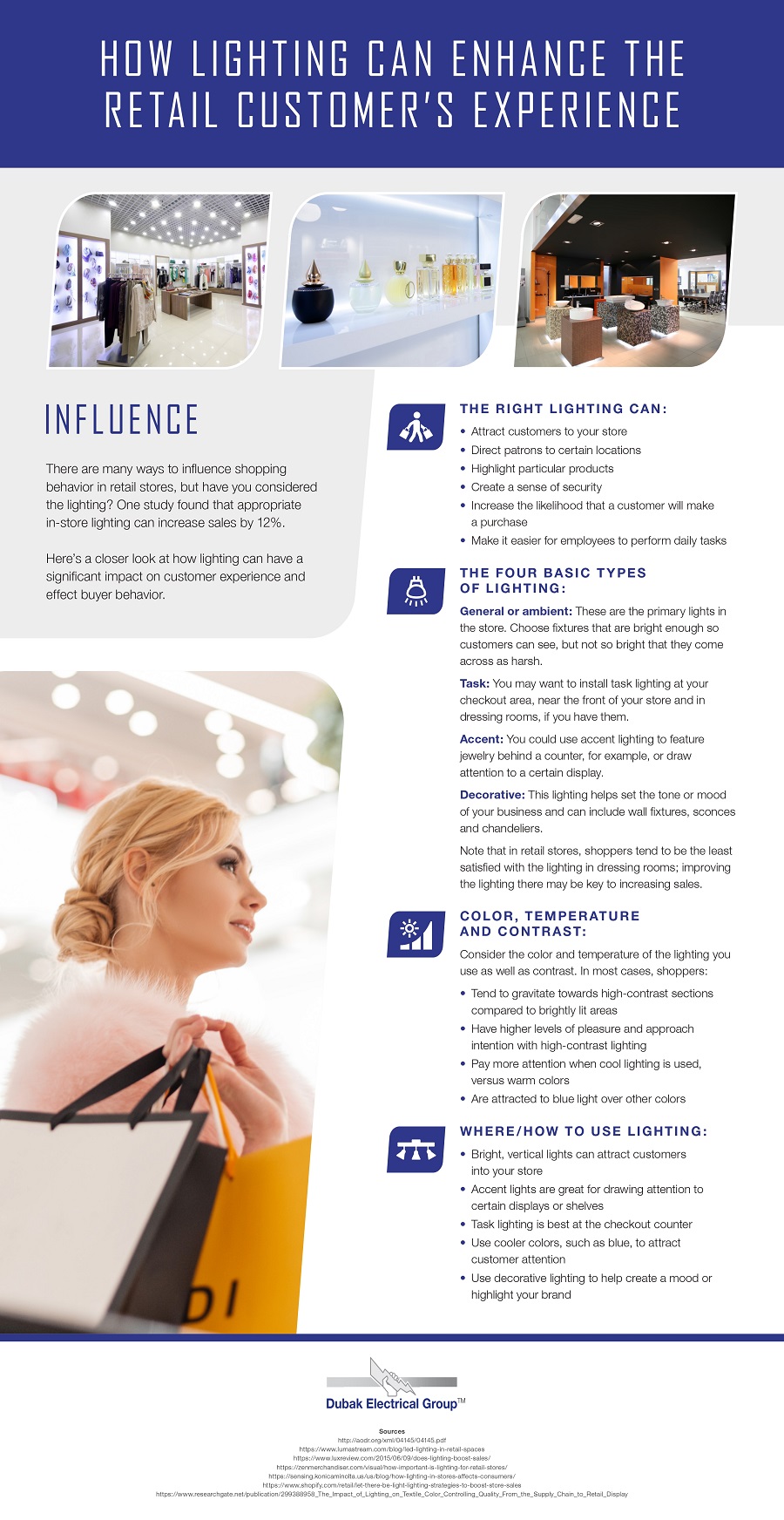Despite the rise of online shopping, a significant portion of purchases still takes place in physical stores. What drives customers to visit stores in person, and how does that impact business success? By exploring the sensory tactics used by traditional retail stores, managers can enhance customer engagement and boost sales performance.
Brick-and-mortar stores have a distinct advantage over online retailers by directly engaging customers’ senses. Studies show that shoppers who experience a rich sensory environment are more likely to linger and spend more. By offering a multi-sensory shopping experience, retailers can keep customers engaged and stimulate sales growth.
Visual elements are crucial in physical stores. Effective use of lighting, layout, colors, and eye-catching displays makes products more appealing. These sensory details capture attention, keeping shoppers in the store longer, which often leads to more browsing and buying opportunities.
Another strength of physical stores is the hands-on experience. Unlike shopping online, where customers can’t physically engage with items, in-store shopping allows them to touch and feel products. This tactile interaction is especially important for items like clothing, where feel and fit are key to making a purchase. Inviting customers to interact with products increases the likelihood of a sale.
Sound also enhances the in-store experience. Retailers carefully curate music and sounds to set the mood and create a welcoming atmosphere. The right auditory environment fosters a calm, enjoyable shopping experience, encouraging customers to spend more time and make additional purchases.
In some industries, such as food retail, scent marketing plays a pivotal role in building a sensory-rich environment. Strategically placed scents can evoke positive emotions and memories, which can increase the amount of time customers spend shopping and improve sales.
Similarly, industrial electrical contractors can apply sensory design strategies to their workspaces. By integrating multi-sensory elements, they create a more inviting environment for clients, potentially boosting interest in their services.
Ultimately, a thoughtfully designed sensory experience not only leads to immediate purchases but also leaves a lasting impression, fostering repeat visits and building long-term customer loyalty.










